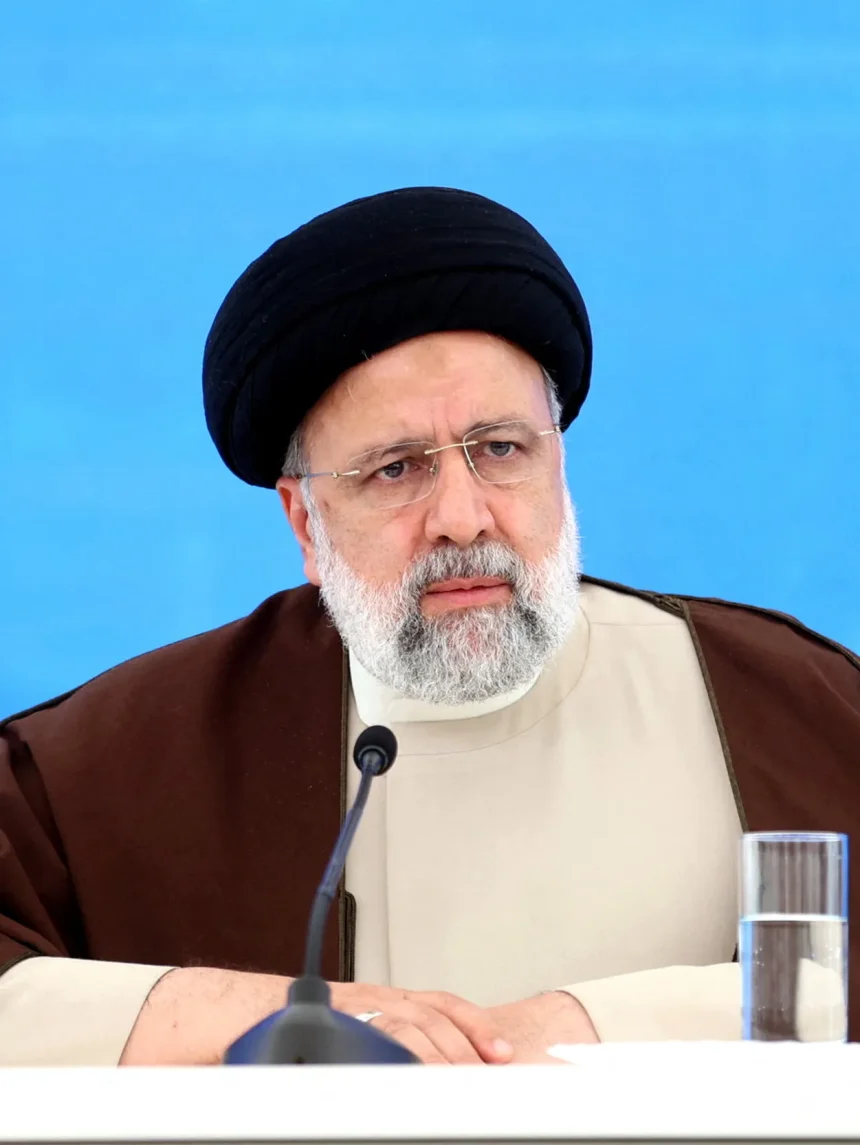The surveillance had been introduced in the capital Tehran, as well as major cities like Isfahan and Shiraz.
Women seen in public without the compulsory headscarf reportedly received warnings via text message. Previously, video surveillance was mainly used for traffic monitoring.
It remains unclear which government agency or official authorised the expanded surveillance. In an interview with local media, Iran’s Vice President Zahra Behrouz pledged to investigate.
“We are working to clarify where these SMS messages originate, what their purpose is, and the legal basis for their issuance.
“The development comes as growing numbers of women in Iran’s urban centers openly ignore the Islamic dress code, often as a form of protest and a statement of self-determination,” she said.
This shift in public behaviour was spurred by the 2022 nationwide protests under the slogan “Woman, Life, Freedom.”
Conservative hardliners regard the public defiance as a provocation.
While President Masoud Pezeshkian, who took office in mid-2024, had promised a more pragmatic approach to societal issues, he had not proposed repealing the mandatory headscarf law.
The headscarf requirement had been a core ideological element of the Islamic Republic for over four decades. A proposed reform to Iran’s penal code that could impact enforcement of such laws was currently stalled.



